
Modelling and optimization of a commercially relevant bi-polar membrane based zero-gap CO2 electrolyzer
The development of electrochemical devices that can convert carbon dioxide (CO2) into valuable chemicals and synthesis gas is crucial for transitioning to a sustainable and renewable energy economy. This PhD project aims to develop a comprehensive computer model to understand the complex transport processes involved in these CO2 reduction devices. Specifically, the focus is on devices with bipolar membranes as electrolytes, which have the potential for high current density operation and selective production of desired chemicals. By studying the movement of gases and ions within these devices, we can optimize their design to achieve efficient conversion and economic viability. This research contributes to the practical implementation of CO2 reduction technology, providing a pathway to effectively utilize CO2 emissions and accelerate the transition towards a cleaner and more sustainable energy future. The model developed in this project will offer valuable insights for the design and improvement of such electrochemical devices.
Project dates: Jun 2021 – Jun 2025
Keywords: CO2 electrolyzer – Bi-polar membrane
Partner: De Nora
Laboratory: STI-IGM-LRESE
Thesis director: Sophia Haussener
EDOC program: EDEY
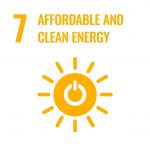
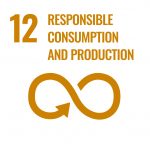

Expert system for the optics design of the next generation future lepton circular collider FCC-ee
The Future Circular Collider (FCC) project responds to the 2013 Update of the European Strategy
for Particle Physics as an international collaboration coordinated by CERN to achieve the necessary
conditions for the discovery of new physical phenomena beyond the frontier established by the standard model, through a double-ring lepton collider in a tunnel with a circumference of about 100 km. The main idea is to work on the optics design, which is the arrangement of the elements that make up a particle accelerator for beam transport to obtain given conditions.
Project dates: Jan 2022 – Jan 2026
Keywords: Optics Design FCC-ee – Particle Accelerator – Future Circular Collider
Partner: CERN
Laboratory: EPFL SB IPHYS LPAP
Thesis director: Mike Seidel – Rogelio Tomás
EDOC program: EDPY
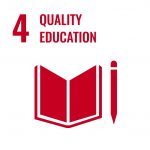

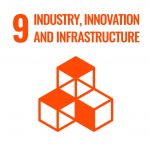


Robotic automation of Food Science experiments and application of machine learning methodologies for discovery of optimal food recipes
The shift in consumer preferences towards more sustainable plant-based food products has revolutionized the food industry in the recent years. New recipes are more complex, involve large number of ingredients and require lengthy preparation processes, thus raising a need for more thorough testing. Existing manual experimentation processes can be improved with robotic automation, achieving better robustness, higher throughput and better repeatability of experiments. However, the robotic system doesn’t have the capability to completely explore inherently large design spaces, requiring development of methods which can efficiently identify optimal recipe. This project aims integrate robotic automation and machine learning techniques to optimize current process of beverage experimentation and provide more comprehensive understanding of the beverage design landscape. More specifically, this project will explore how change in ingredient quantities and process parameters impacts relevant food quality metrics, and how this information can be leveraged for faster discovery of the optimal food recipe.
Project dates: Oct 2021 – Sep 2025
Keywords: Food Science – Machine Learning – Robotic automation
Partner: Nestlé
Laboratory: STI-IGM-CREATE Lab
Thesis director: Josie Hughes
EDOC program: EDRS


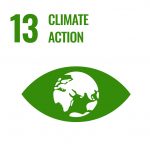

Energy-Efficient Deep Networks for Sustainable Space Activities
In the last decade, mankind has finally started to realize the importance of sustainability for our long-term survival. However, while commendable, the current efforts remain focused on our planet’s surface. Unfortunately, while humans are only in the early phase of space exploration, mankind has already contaminated the Earth’s orbits with vast quantities of satellites and spacecraft debris. Such debris increases the risks of collisions, which would in turn create more debris, eventually seriously endangering long-term space operations. This project will develop new deep learning solutions to enhance space sustainability by facilitating the large-scale deployment of space debris removal, making it a viable, cost-effective technology. Specifically, the goal of this project will be to develop energy-efficient deep learning solutions to estimate, in real-time, in orbit and from images acquired by the capture satellite, the relative attitude and position of space debris, commonly referred to as its 6D pose.
Project dates: Oct 2021 – Oct 2025
Keywords: Machine Learning – Space Exploration – Edge Computing
Partner: Klepsydra Technologies
Laboratory: IC-CVLAB
Thesis director: Pascal Fua – Mathieu Salzmann
EDOC program: EDEE

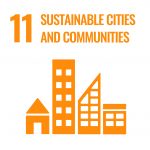

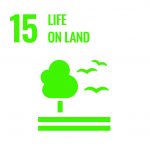

Accurate Characterization and Modeling of High-Frequency Losses in GaN Devices for Efficient Power Converters
The emerging gallium nitride high-electron-mobility transistors (GaN HEMTs) exhibit superior properties to silicon power devices. They offer an excellent perspective to operate at high frequencies and enable high-efficiency high-power-density power conversion in various applications including fast chargers, electric vehicles, and data centers, which are seeing a greater consumption of power around the world. The current GaN power technology, however, is not yet prepared for a broader adoption with unexpected losses such as dynamic on-resistance degradation and output capacitance hysteresis losses, while these losses cannot be predicted by the datasheets from device manufacturers and the root causes of them remain to be explored. This thesis work will develop precise measurement methods for characterizing the intrinsic properties of GaN devices at the converter and wafer levels, aiming to better apply them for efficient power conversion and open opportunities to enhance semiconductor design.
Project dates: Jan 2022 – Dec 2025
Keywords: Power Electronics – Gallium Nitride – Power Semiconductor Device
Partner: TBC
Laboratory: STI-IEM-POWERlab
Thesis director: Elison Matioli
EDOC program: EDEE

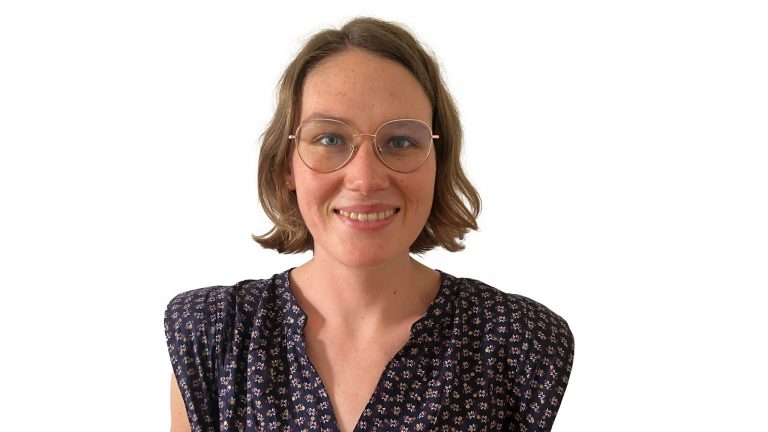
Process design strategies for the development of a novel integrated biorefinery
Decarbonising the chemical sector requires the transition to sustainably sourced raw materials and greener processes. Biomass is a promising feedstock to produce biobased fuels, chemicals and materials. However, converting biomass into cost-competitive products has proven challenging. Unlike the petrochemical or pulp and paper industries, biorefineries have not benefited from decades of investment and development, so they lack energy-efficient processes. The aim of my project is therefore to provide new methodological tools to assist decision making at early design stage to accelerate the industrial development of biorefineries. My idea is to implement a systematic feedback loop between lab-scale, process design and decision makers to greatly reduce idea-to-process time. In practice, the tools will be applied to a novel biorefinery producing simultaneously high-value chemicals, fuels and bioplastics, and validated through the collaboration with Bloom Biorenewables, my industrial partner.

Project dates: Sep 2021 – Aug 2025
Keywords: Biorefinery – Process design and modelling – Biobased products
Partner: Bloom Biorenewables
Laboratory: STI-GM-IPESE – SB-ISIC-LPDC
Thesis director: François Maréchal – Jeremy Luterbacher
EDOC program: EDCH





Modeling of walls built with concrete demolition waste
The construction sector is the largest consumer of non-renewable materials. Thus the current study focuses on reusing concrete demolition waste without further treatment for the construction of new buildings in a stone-masonry-like fashion. This is achieved by developing an efficient and practical modeling framework of a wall constructed with demolition debris. Spectral analysis is used to represent the irregular microstructure obtained from compressed point clouds. The interface friction between demolition units and masonry is investigated experimentally and validated numerically. The shape and roughness of the pieces are incorporated into the limit analysis model to predict the failure mode. While the project addresses the use of demolition waste from concrete structures in straight walls, the method can be applied to a large range of inert demolition waste and used for constructing structural elements of nearly any form.

Project dates: Aug 2021 – Aug 2025
Keywords: Concrete reuse – Spectral analysis – Surface roughness
Partner: TBC
Laboratory: ENAC-IIC-EESD
Thesis director: Katrin Beyer
EDOC program: EDCE





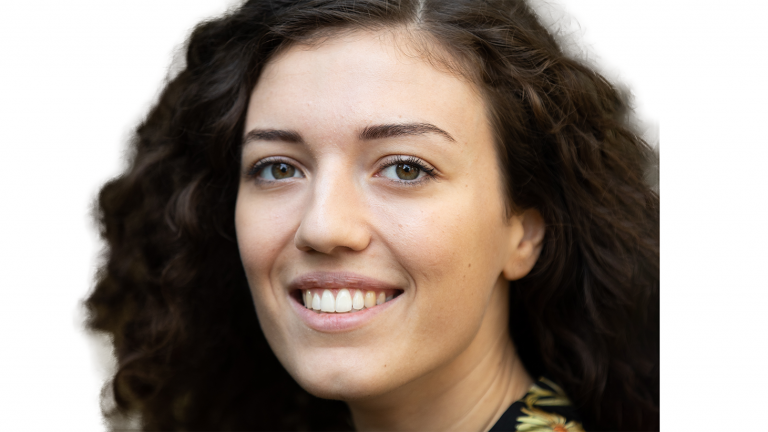
Jerusalem 1840-1940: A Collective Reconstruction
This thesis aims to develop a novel structure and pipeline for the 4D (3D + time) reconstruction of cities in the past, considering Jerusalem between 1840 and 1940 as a case study. This historical moment represents a time of profound transformation for Jerusalem, characterised by high population growth and urban expansion outside the walls, making it a particularly interesting period. However, linguistic complexity, conflicting narratives, and the difficulty of accessing primary sources require a new approach to a complete reconstruction of the city’s evolution. The reconstruction process must evolve from a linear individual pipeline to a collaborative, continuous flow process. In other words, the 4D model must become a shared geodatabase whose 3D geometry is dynamically regenerated through procedural modelling whenever information changes. Furthermore, in order to foster collaboration, this incremental and collective 4D modelling must also be scientifically sound and incorporate all the necessary information.

Project dates: Oct 2021 – Oct 2025
Keywords: 4D historical reconstructions – Jerusalem – Urban history
Partner: Iconem
Laboratory: EPFL-CDH-DHI-DHLAB
Thesis director: Frédéric Kaplan – Isabella di Lenardo
EDOC program: EDDH


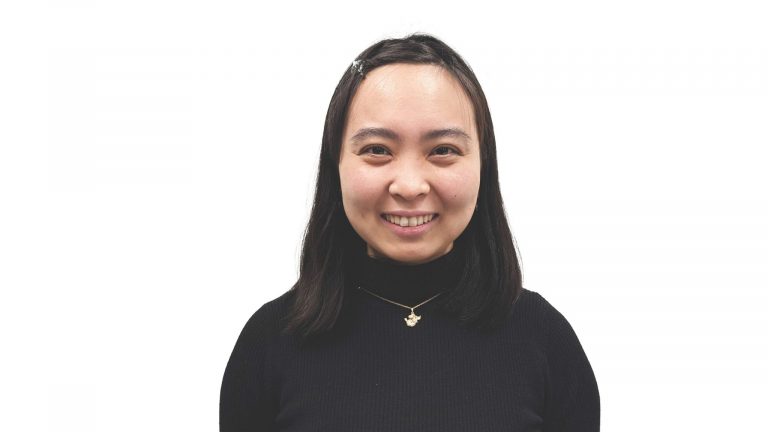
Soft robot fluidic interaction: modeling, design, and optimization
Advances in new fabrication techniques, actuator technologies and novel materials are enabling the development of increasingly capable soft robots that locomote in fluids. Unlike typical rigid robots, these soft bio-inspired robots have the potential to allow for more energy efficient locomotion, while also offering a compliance and adaptability that is advantageous for navigating complex or uncertain environments. However, due to the complexity of interactions between the soft body and the fluid environment, designing and optimizing these robots is challenging, and the design space is combinatorially large. My project focuses on fully utilizing advances in robotic hardware, to optimize the body (the physical structure and morphology) and also understand the rich interactions between the fluid and the soft bodies.
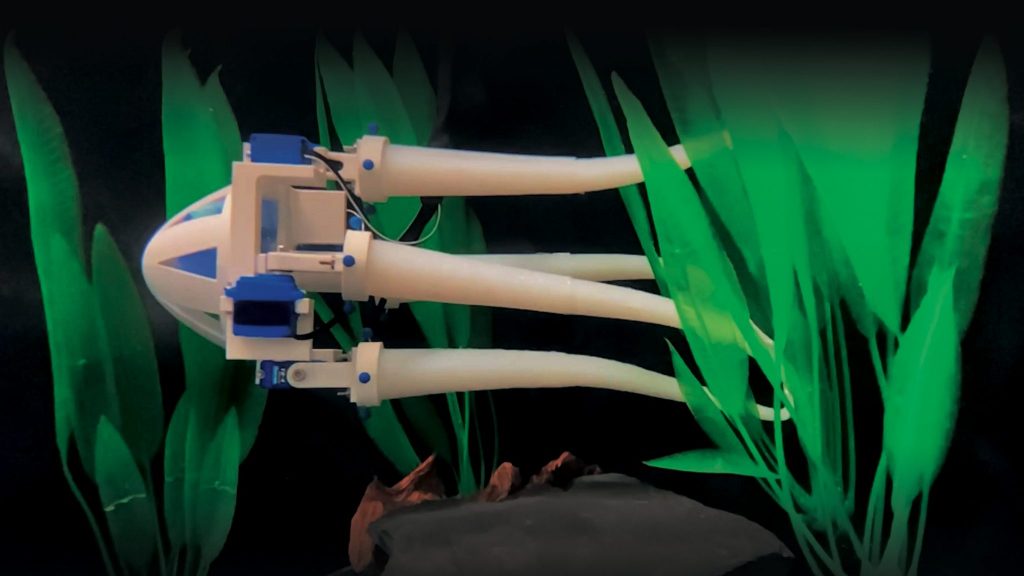
Project dates: Sep 2021 – Aug 2025
Keywords: Soft robotics – Morphology – Fluid-solid interactions
Partner: TBC
Laboratory: STI-IGM-CREATE Lab
Thesis director: Josie Hughes
EDOC program: EDME

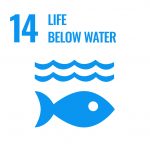


Nanoscopic investigations into halide perovskite thin films
The objective is to identify the links between processing conditions, nanostructural properties of perovskite solar cells, and resulting performance and stability. Based on preliminary studies, the hypothesis is that the degradation of a solar cell device of a few mm2 /cm2 often nucleates from tiny structural defects that are sparsely distributed. These defective regions e.g., a cluster of a precursor phase, a region with a slightly different chemistry, or a specific crystallographic characteristic (low symmetry grain boundaries, twining-domains, strained crystals..etc.) impact not only performance by leading to a non-radiative recombination of charge carriers but also limit long-term stability. Our aim is hence to characterize in detail the nanoscopic landscape of perovskite solar cells to understand the critical structural features governing their performance and operational stability. Based on this understanding, our objective will be to control the local structure of perovskite thin films by modulating its growth and adjusting processing conditions and materials to improve optoelectronic properties and stability.
Project dates: Nov 2021 – Nov 2025
Keywords: Perovskite solar cells – Nanostructure – Stability
Partner: Fluxim AG
Laboratory: STI-IEM-PVLAB
Thesis director: Aïcha Hessler-Wyser – Christian M. Wolff
EDOC program: EDPO




Enhancing CAR T cell signaling with designed chemotatctic biosensors
One of the problems of CAR-T cells is their inability to find cancer cells that have escaped the primary tumour site. This event is called metastasis and it significantly increases cancer lethality as it is responsible for 90% of cancer-associated deaths. Extensive studies on metastasis have identified soluble secreted factors that promote the formation of the metastatic niche that will promote the escape of tumour cells. Amongs these molecules, cancer cells secrete chemokines that recruit immune cells and other co-factors through chemotaxis, which is the directional movement of cells through a gradient of chemokines. Our aim is to hijack this recruitment system and enhance the efficacy of CAR-T by adding a biosensor to recognize and potentiate migration towards early metastatic niches in order to avoid the progression of cancerous cells thanks to the previoursly mentioned chemotatic signals. To design chemotactic receptors, we will reprogram a potent chemokine receptor to recognize and respond to diverse metastatic markers including non-cognate chemokines, a non-chemokine GPCR (G-protein coupled receptor) ligand, and a non-GPCR ligand, building towards a general biosensor design platform.
Project dates: Jul 2021 – Jul 2025
Keywords: Protein Design – Chemotaxis – GPCR
Partner: Antion Bioscience
Laboratory: LPCE
Thesis director: Patrick Barth
EDOC program: EDBB


Identification and estimation of policy relevant effects in the presence of unmeasured confounding
Policy decisions, ranging from economic and social plans to medical and public health interventions, require considerations of hypothetical (potential) outcomes under interventions. For example, “What would the final outcome be if we implement Action A vs Action B?” These hypothetical outcomes are unobservable, and representing the expected potential outcome in terms of observable quantities is termed “identification” in the field of causal inference. In most cases, identification is made possible by conducting randomised studies. However, randomised studies are often infeasible, expensive or unethical. As a result, identifying and estimating causal effects outside of randomised studies is necessary. In my project, I explore multiple situations where causal inference is possible from observational, non-randomised studies, and thus, can be used to improve real-life policies.
Project dates: Oct 2021 – Sep 2025
Keywords: Casual Inference – Unmeasured Confounding
Partner: Roche
Laboratory: SB-MATH-BIOSTAT
Thesis director: Mats Stensrud
EDOC program: EDMA

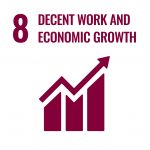

Rich, Poor and Mechanism of sharing’s in Hyderabad city, India
Public space, accessibility, and the ability to move in space are vital for the socio-economic well-being of the poor, destitute, and especially those in the lower strata such as slum dwellers and informal workers. Albeit the enforcement mechanism of informal economy is pervasive in India, the question of informal workers and their access to public space has tended to be neglected. Furthermore, slums are perpetually circumvented in the urban planning and governance processes. This is only exacerbating with the nuances of India’s national urban schemes and smart city mission despite the contestation to cater the infrastructure. Moreover, this research attempts to lodge the phenomenon of co-location in the limelight, “the actual spatial proximity between affluent and poor at living spaces and public spaces” in Hyderabad city. Ergo, this study gazes into the spatial proximity and spaces of encounters between rich and poor to better design and plan the public spaces to stimulate the informal economy and accommodate the needs of informal workers and their capacity to move in space in Hyderabad city. The empirical study will be conducted as a proof of concept to locate spaces of encounters between rich, emerging middle class and poor (focus group of informal workers) by digital methods using a smartphone app and GPS trackers.

Project dates: Jan 2022 – Jan 2026
Keywords: Socio-spatial injustices – Spaces of encounters – Informal economy
Partner: TBC
Laboratory: ENAC-IA-LAB-U
Thesis director: Paola Vigano – Vincent Kaufmann
EDOC program: EDAR




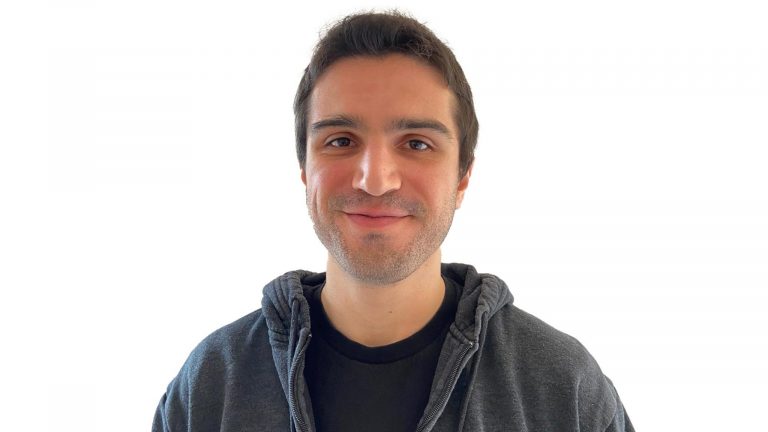
A new characterization workflow for high-efficiency perovskite-silicon tandem solar cells
Commercial photovoltaics has so far been centered around single junction (SJ) solar cells, with crystalline silicon (Si) being the primary choice of absorber material. However, SJ Si cells have a physical limit to their power conversion efficiency that lies slightly above 29%, a value not far ahead of the best Si cells of today (26.8%). One way to bypass this limit (e.g. >40%) is to employ an additional absorber to maximize the use of solar spectrum. In this respect, low-cost perovskite absorbers fit perfectly to Si. In this work, we aim to identify and eliminate prominent loss mechanisms in these devices. The host institute, PV-LAB, already achieved two record-high efficiencies in 2018 and 2022 with 25.2% and 31.3%, respectively, and presented various innovations in the field. The methods developed here are aimed to be used in parallel with the ongoing experiments, with the goal of achieving efficiencies approaching 35%.

Project dates: Sep 2021 – Aug 2025
Keywords: Solar cell – Tandem – Perovskite
Partner: Meyer Burger Technology AG
Laboratory: STI-IEM-PVLAB
Thesis director: Christophe Ballif – Christian M. Wolff
EDOC program: EDPO




